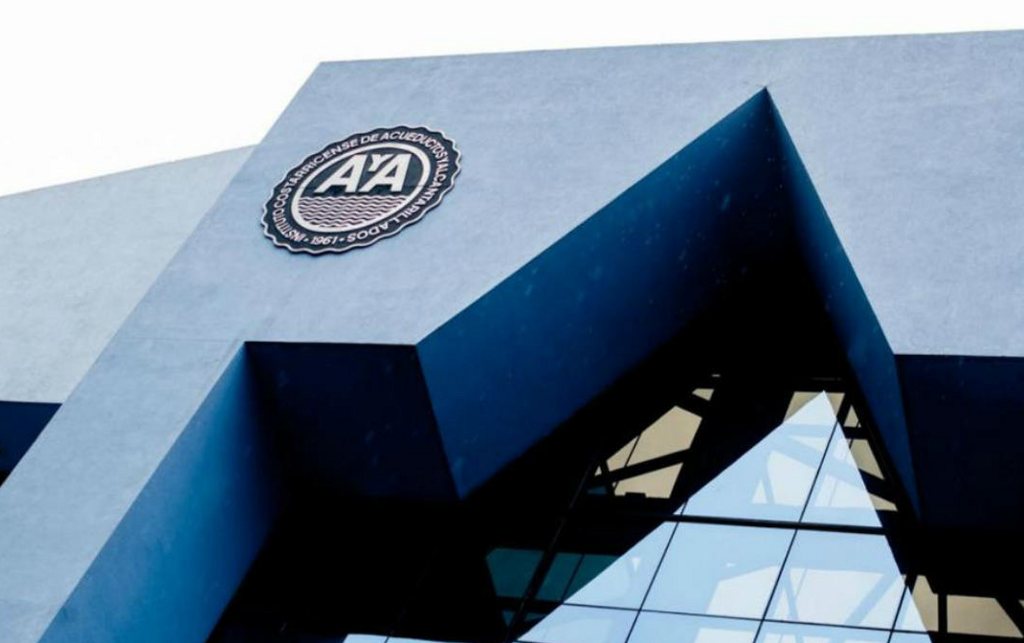Q COSTARICA — Before even moving a centimeter, the electric train project proposed by Rodrigo Chaves’s government could derail on the departure platform. The plan hinges on legislative approval for a US$800 million loan, and that’s where it could it could derail.
Without the backing from the Partido Liberación Nacional (PLN) caucus, the largest group with 18 legislators after Gilberth Jiménez declared himself independent, securing the 38 votes needed to approve the loan will be very difficult.
Óscar Izquierdo, head of the PLN faction, told La República that they have many doubts about the proposed project and, therefore, cannot guarantee the PLN’s votes.
“We’re going to review it, because we think the proposal raises many questions. Remember that the previous administration had presented another plan, which included longer routes at lower costs for passengers.
“Ultimately, there are a number of factors we need to analyze carefully. The PLN needs to conduct an in-depth study to analyze issues such as financing and subsidies,” Izquierdo said.
For his part, PLN presidential candidate Álvaro Ramos, also in an interview with La República, previously stated that a comprehensive urban mobility plan was required, and when specifically asked about the train, he did not commit to the plan.
“We are building a comprehensive plan for a national logistics network for the coming decades. That’s what we want to propose, not to be tied to a single project, and that’s much more important: an urban mobility structure. So, we have to consider what the legal and regulatory bottlenecks are that are hindering all projects, not just one specific project,” Ramos said.
Slight Hope
After ruling out the PLN, 39 votes remain available in Congress; however, this would force the government to maintain good relations with the various parties and negotiate a multimillion-dollar loan for a large-scale project during a presidential campaign.
“It’s possible that the political campaign could complicate the project’s progress. I hope not, but it’s a reality that could happen,” said Alejandro Pacheco, head of the Partido Unidad Social Cristiana (PUSC) faction.
The Project
The government’s electric train project consists of two lines totaling more than 51 kilometers on two tracks: one from Paraíso-Cartago and San José, and another from San José to Alajuela center.
It also includes the acquisition of 28 new electric trains, the construction of 30 stations, two completely new terminals, and nine overpasses, with a frequency of every 10 minutes.
Unlike the previous government’s proposal, it does not involve an annual subsidy of US$150 million; In fact, it doesn’t include any subsidies, so, according to the government, it doesn’t compromise public finances.
Finally, it only builds two lines, rather than the five suggested by the previous administration and now championed by presidential candidate Claudia Dobles of the Partido Acción Ciudadana (PAC). Dobles, an architect and urban planner, played a role in the original proposal put forward by her husband, former president Carlos Alvarado.
The Chaves plan for the train
With seven months to go before the end of its term, the Rodrigo Chaves administration finally unveiled its plans to build the electric train project.
These are the details:
- Name: Tibi (centipede in the indigenous language)
- Cost: US$800 million
- Financing: The Central American Bank for Economic Integration (CABEI) will contribute US$550 million, of which US$178.7 million will be co-financed by the Green Climate Fund and US$21.3 million will come as a donation from the same fund. In addition, US$250 million will be provided by the European Investment Bank Group, consolidating a credit scheme with highly competitive interest rates and grace periods.
- Lines: The project includes two lines totaling more than 51 kilometers of double track: one from Paraíso-Cartago to San José, and another from San José to downtown Alajuela.
Other works include the acquisition of 28 new electric trains, 30 stations, two completely new terminals, and nine overpasses. - Frequency: The train would operate daily, with frequencies every 10 minutes
Our opinion on the project
The Costa Rica electric train project proposed by the Rodrigo Chaves administration is an ambitious effort with potential upsides and challenges. On the upside, electrifying the train system could modernize public transportation, reduce reliance on fossil fuels, and lower emissions, aligning with global moves toward sustainability. It could also improve connectivity and ease traffic congestion, which has been a persistent problem in Costa Rica’s urban areas.
That said, these projects are often complex and costly. Execution risks include securing sufficient funding, managing construction timelines, and potential disruptions during the transition of the new government on May 8, 2026.
The Chaves administration will need to ensure transparency, strong planning, and community engagement to maintain public trust and get this right. Overall, if handled well, the electric train could be a major step forward for Costa Rica’s infrastructure and environmental goals.
But it’s not just about building a train — it’s about integrating it thoughtfully into the country’s broader transportation ecosystem and making sure it truly serves the people without becoming a financial burden.
Source link
Rico



